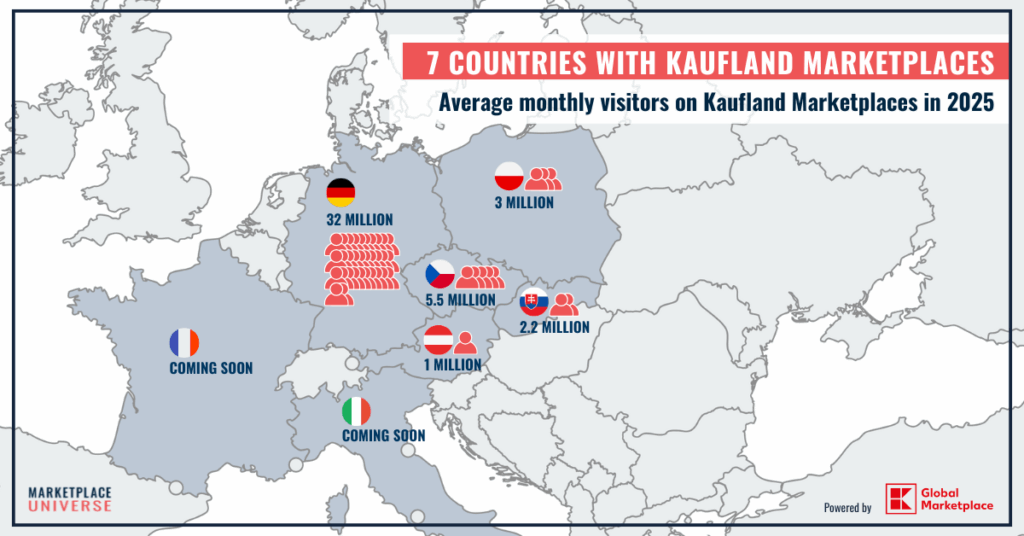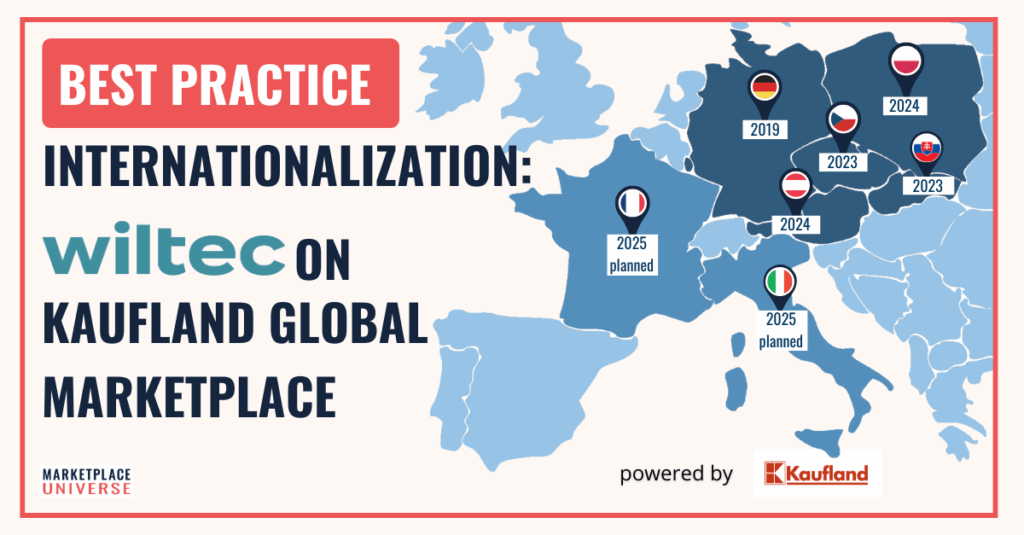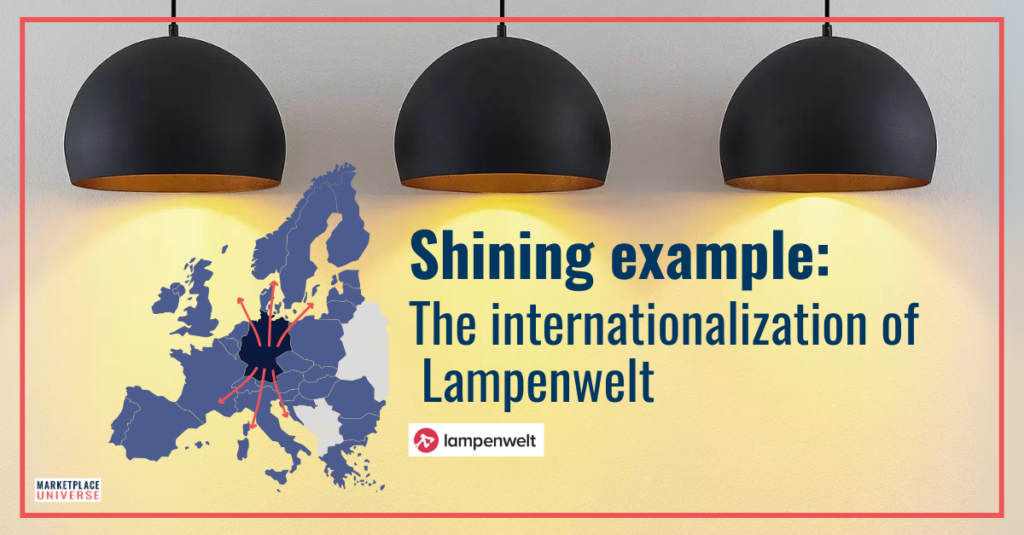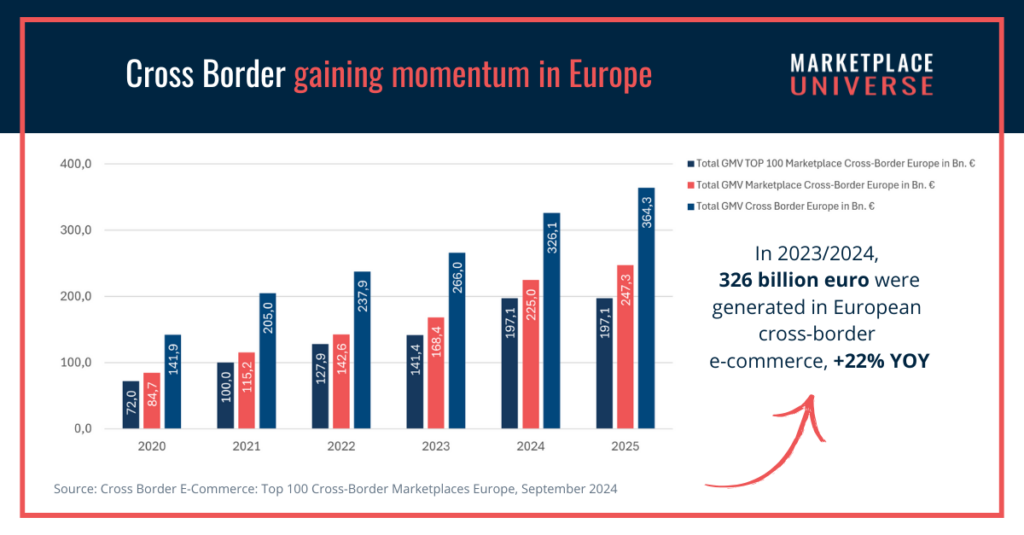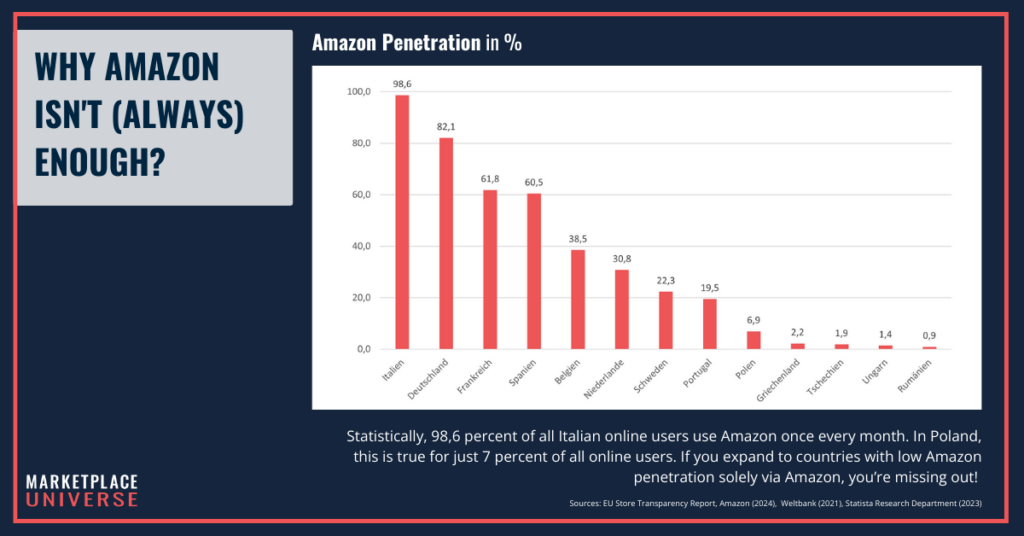How to sell international on Kaufland Global Marketplace
When we talk about international expansion, we often focus on market research, business models, channel strategies, and high-level decisions. So what does expansion really look like for brands and sellers in day-to-day practice? And how can going cross-border be made as simple and efficient as possible? Kaufland Global Marketplace is good example for a marketplace that really tries to help its sellers on their road to internationalization. Because this marketplace operator has achieved something that’s still rare in the European marketplace landscape: a unified, cross-country system. With just a few clicks, sellers can go live in up to seven European markets simultaneously – significantly reducing both technical and operational complexity. Here is their guide “How to sell international on Kaufland Global Marketplace”. Seven Markets, One System: Why Kaufland is Worth Considering Over the past few years, Kaufland Global Marketplace has focused on simplifying international expansion. Through a central platform, sellers can currently access marketplaces in seven countries: Germany, Czech Republic, Slovakia, Poland, Austria – and starting in late summer 2025, also France and Italy. In total, this means access to up to 139 million potential online shoppers. The Seller Portal is the command center: it allows sellers to manage and translate everything from product data and legal texts to shipping rules – all tailored to the relevant country. Even after-sales service can be handled centrally across markets. One Registration – Many Channels to sell international Sellers only need to register once to access all Kaufland marketplaces. At onboarding, they can choose to launch in one or multiple countries – and additional markets can be added at any time without re-registration. Requirements to get started: The Pricing Kaufland Global Marketplace treats its multi-market offering as a unified package – and this is reflected in the fee model. Sellers pay a flat monthly fee of €39.95 (Basic) or €59.95 (Plus), plus a category-based commission. The big advantage: adding additional countries incurs no extra cost. Listing products is also free and unlimited across all marketplaces. How the Operational Rollout Works Especially valuable for sellers with existing system landscapes: the rollout can be largely automated. Kaufland offers free tools for data transfer and translation, and over 130 integration partners ensure smooth connectivity with popular ERP and shop systems. The Seven Steps to Internationalization In its guide, Kaufland Global Marketplace clearly walks sellers through the onboarding steps with dashboard screenshots and explanations: Conclusion: Less Complexity, More Reach For many brands and sellers, internationalization is no longer optional – it’s essential for growth. And while marketplaces promise fast access to new markets, the reality often involves complex tech setups, fragmented structures, and inconsistent policies. Kaufland Global Marketplace takes a different approach: one platform, one logic, one interface – across seven markets. This drastically lowers the barrier to entry and enables scalable growth from day one. A compelling model – and one that other marketplaces would do well to learn from. 💡 The complete guide with all its practical tips that shows how to sell international on Kaufland Global Marketplace is available free of charge here:
